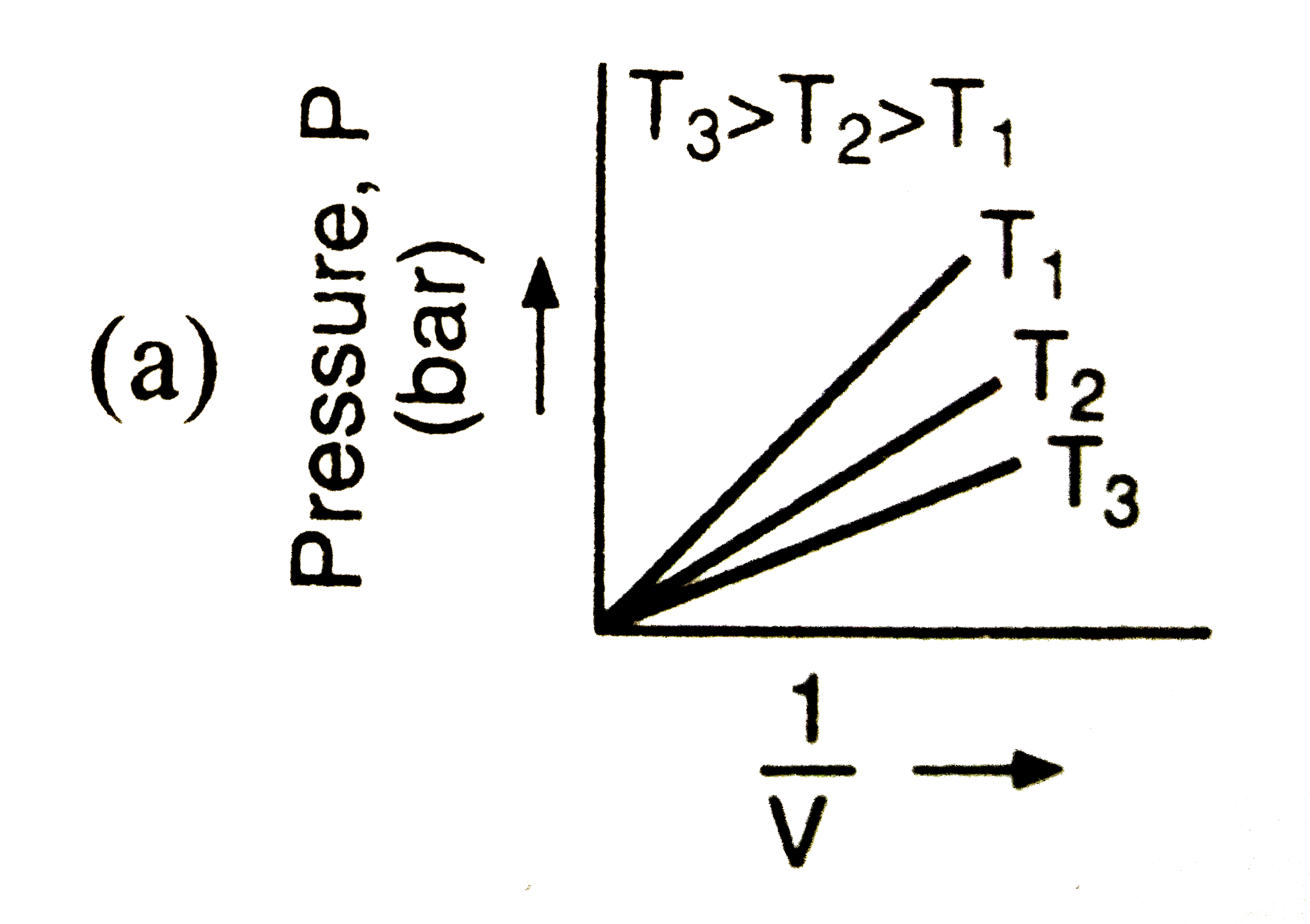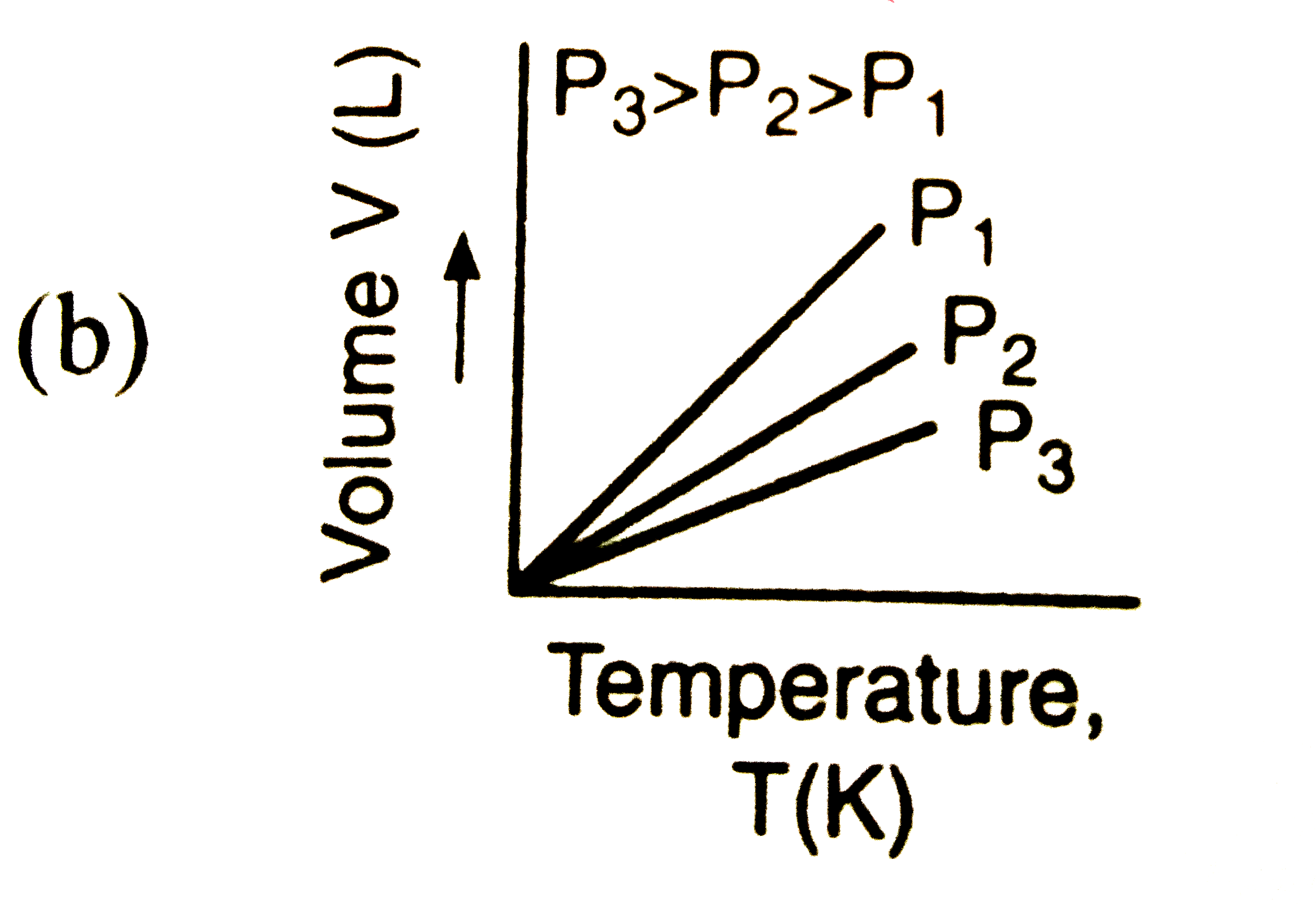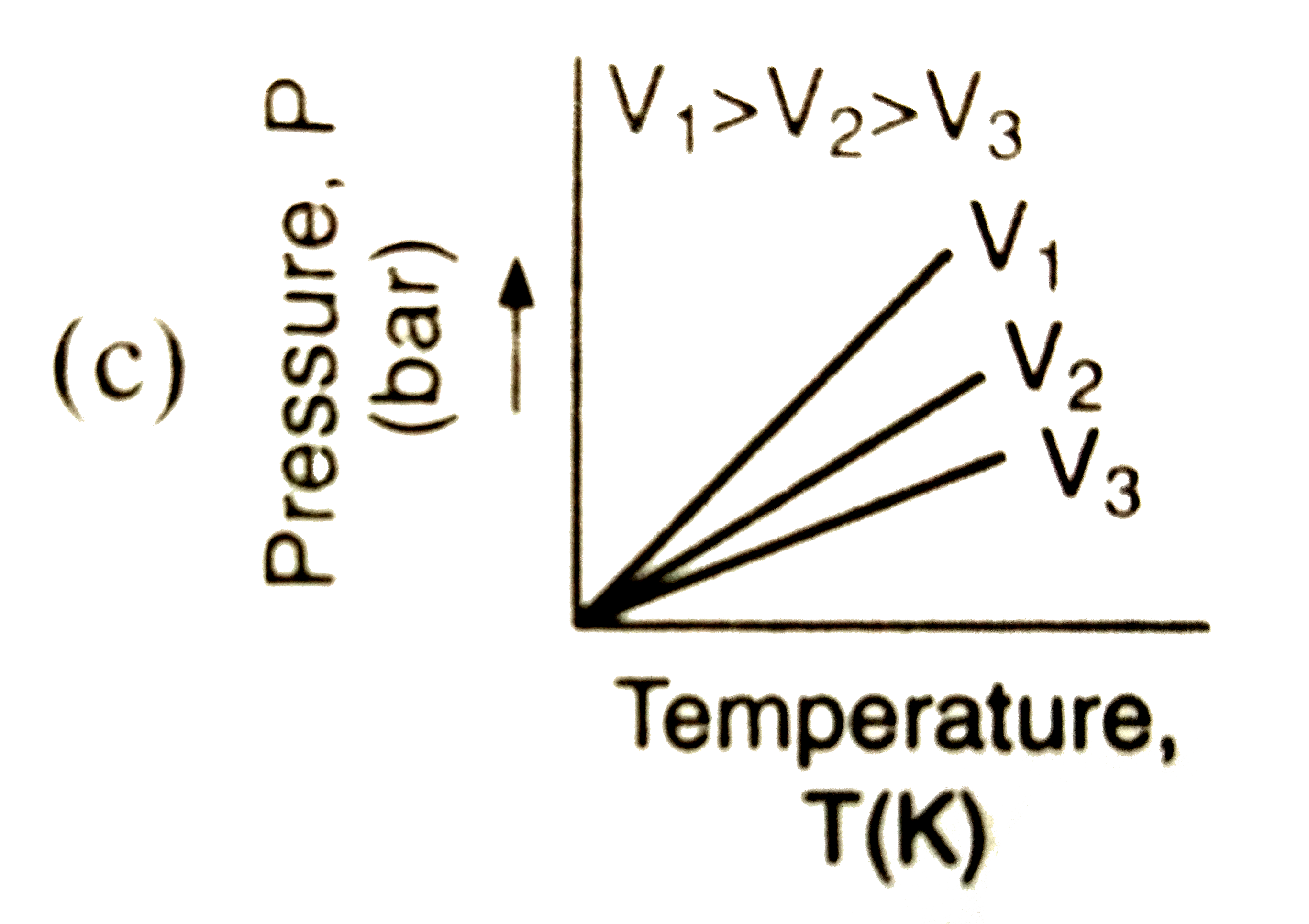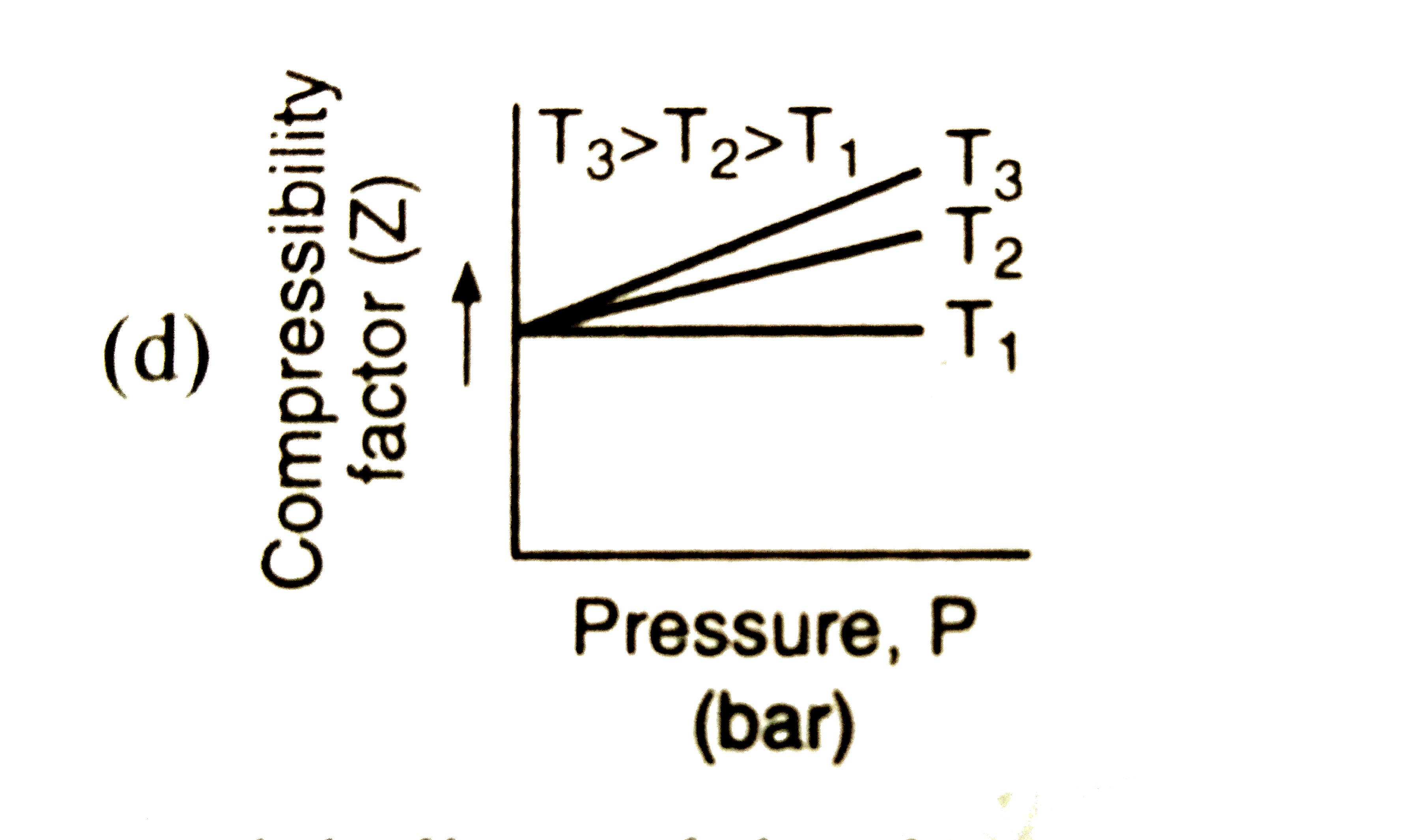For an ideal gas, the correct relation is .
A
(δEδV)T=0
B
(δEδT)P=0
C
(δEδV)P=0
D
All of these
Video Solution
Text Solution
Energy of ideal gas is directly proportional to its temperature and not to its volume .
|
Updated on:21/07/2023
Topper's Solved these Questions
- BOOK - P BAHADURCHAPTER - GASEOUS STATEEXERCISE - Exercise B1videos
GASEOUS STATE
- BOOK - P BAHADURCHAPTER - GASEOUS STATEEXERCISE - Exercise 41videos
GASEOUS STATE
- BOOK - P BAHADURCHAPTER - GASEOUS STATEEXERCISE - Exercise 31videos
GASEOUS STATE
- BOOK - P BAHADURCHAPTER - CHEMICAL EQUILIBRIUMEXERCISE - Exercise134videos
CHEMICAL EQUILIBRIUM
- BOOK - P BAHADURCHAPTER - IONIC EQUILIBRIUMEXERCISE - Exercise85videos
IONIC EQUILIBRIUM
Similar Questions
Knowledge Check
- Question 1 - Select One
For a fixed mass of an ideal gas the correct representation is:
A B
B C
C D
D
- Question 2 - Select One
For adiabatic free expansion of a real gas, the correct relation are :
AW=0Bq=0CΔU=0DΔT=0 - Question 3 - Select One
For an ideal gas, the heat of reaction at constant pressure and constant volume are related as
AH+E=pVBE=H+pΔVCqp=qv=ΔnRTDNone of these
For isothermal expansion of an ideal gas, the correct combination of thermodynamic parameters will be
View SolutionFor isothermal expansion of an ideal gas, the correct combination of the thermodynamic parameters will be
View SolutionOn the P−T graph of an ideal gas, choose the correct option(s):
View SolutionFor an ideal gas, the relation between the enthypy and internal energy change at constant temperature is given by.
View SolutionFor an isothernal free expansion of an ideal gas correct question option is:
View Solution

